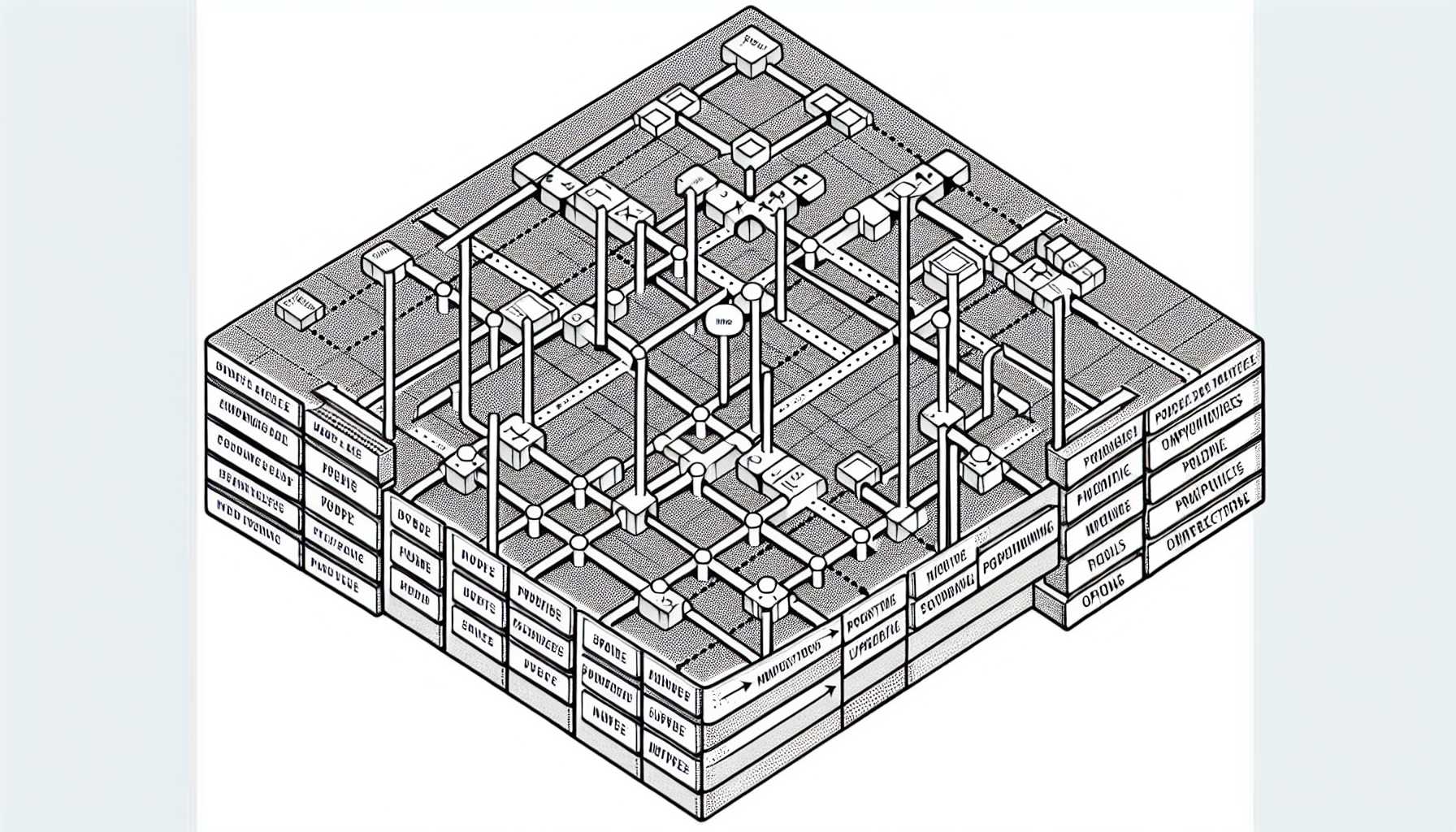Seasoned product managers, you know the drill. You’re sitting on a goldmine of user feedback, each piece a potential key to customer delight and business success. But here’s the rub —not all feedback is created equal, and in a sea of potential improvements, prioritization becomes both an art and a science.
The Core of Prioritization
Rooted in experience, I’ve come to understand that effective prioritization of product enhancements and updates is not just about the technical aspects but the larger picture. It’s about balancing user needs, business goals, thoughtful strategy, and the ever-present constraints of time and resources.
1. Understanding the User
Before we drown in the how, let’s start with the who. Who are we building for? Crafting user personas and journey maps has been a fundamental practice in my teams. Feedback is viewed through the lens of these personas, ensuring we prioritize what matters most to our core users.
2. The RICE Scoring Model
When translating user feedback into actionable tasks, combining qualitative insights with quantitative models like RICE (Reach, Impact, Confidence, Effort) has been invaluable. I recall a project where implementing a seemingly small UI enhancement was propelled to the top of our list by its surprising potential reach and impact.
3. The MoSCoW Method
I’ve been a proponent of the MoSCoW method (Must have, Should have, Could have, Won’t have) to prioritize features and improvements. It not only helps to organize feedback but to manage expectations with stakeholders and communicate clearly with the development team.
4. Balancing Short-Term Wins and Long-Term Goals
Focusing solely on the ‘urgent’ can sidetrack the ‘important’. Throughout my career, balancing quick wins with strategic features has been a critical part of maintaining momentum and user trust, while also moving towards our vision.
Real-Life Prioritization In Practice
Strategies are well and good, but let’s anchor this to real-life application with a couple of use cases where pragmatic approaches to prioritization played a significant role.
Case Study 1: Aligning with Business Objectives
In one product revamp, we were bombarded with user feedback for new features. However, the most requested features didn’t align with our business goals at the time. We had to make hard choices and defer them in favor of improvements that did. The RICE model was crucial to justify these decisions to both users and stakeholders.
Case Study 2: Dealing with Technical Debt
Another common challenge I’ve faced is balancing new enhancements with addressing technical debt. On one occasion, we utilized the Kano Model to identify features that could provide delight with minimal debt accrual. We had to convince stakeholders that addressing certain aspects of debt would ultimately lead to a more stable product, fostering long-term user satisfaction.
Leaving You With Some Tools and Thoughts
The strategies and models are plentiful, but in the end, they are merely tools in your product management arsenal. The key is to know when and how to use them, guided by a deep understanding of your users, a clear vision for your product, and the context of your business environment.
To all fellow product leaders: refine these skills, layer them with empathy, strategic thinking, and business acumen, and you will find that prioritizing product enhancements and updates in response to user feedback becomes not just manageable but a path to delivering truly remarkable products.

